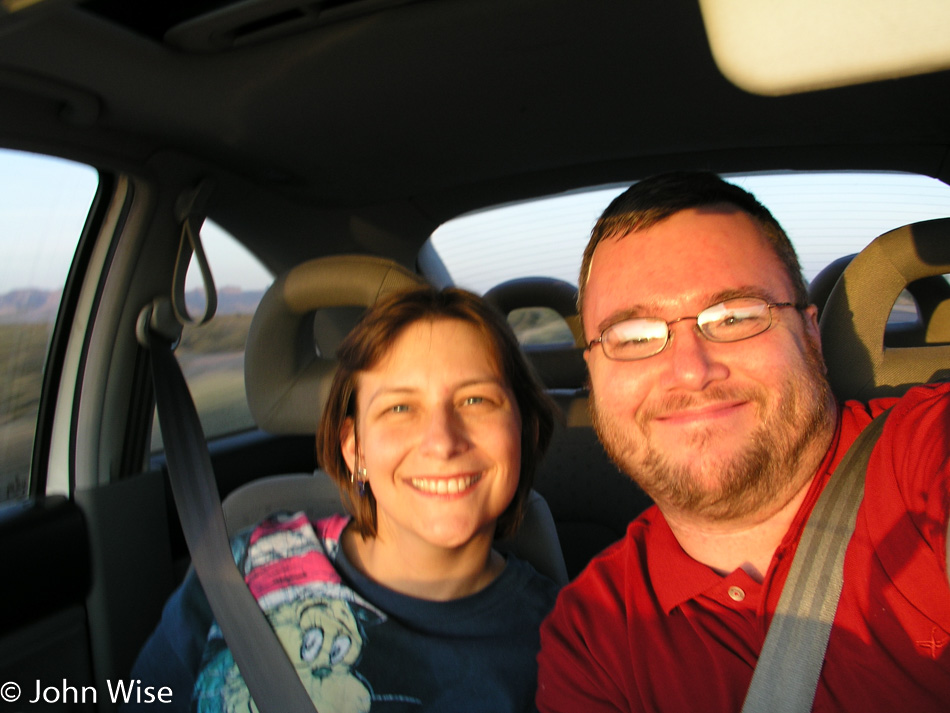
Late afternoon drive out of Arizona on our way to Santa Barbara and taking our very first selfie with the new Olympus C5050z camera with 5MP I bought just yesterday and I take a blurry photo.
Dreams, Moments, Travels

Late afternoon drive out of Arizona on our way to Santa Barbara and taking our very first selfie with the new Olympus C5050z camera with 5MP I bought just yesterday and I take a blurry photo.
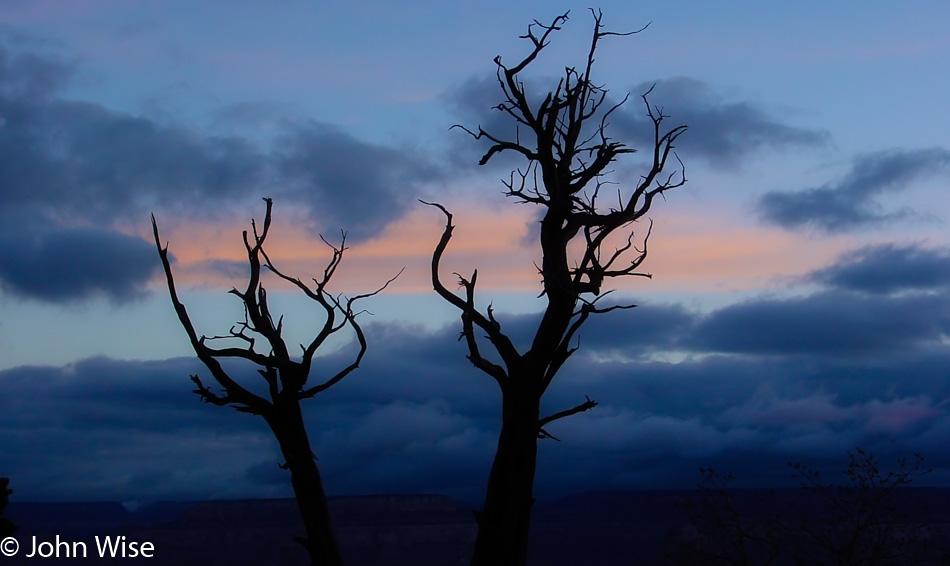
It’s barely light out here on the edge of the Grand Canyon National Park. We stayed the night at El Tovar, ensuring we’d be close to the rim in the morning.
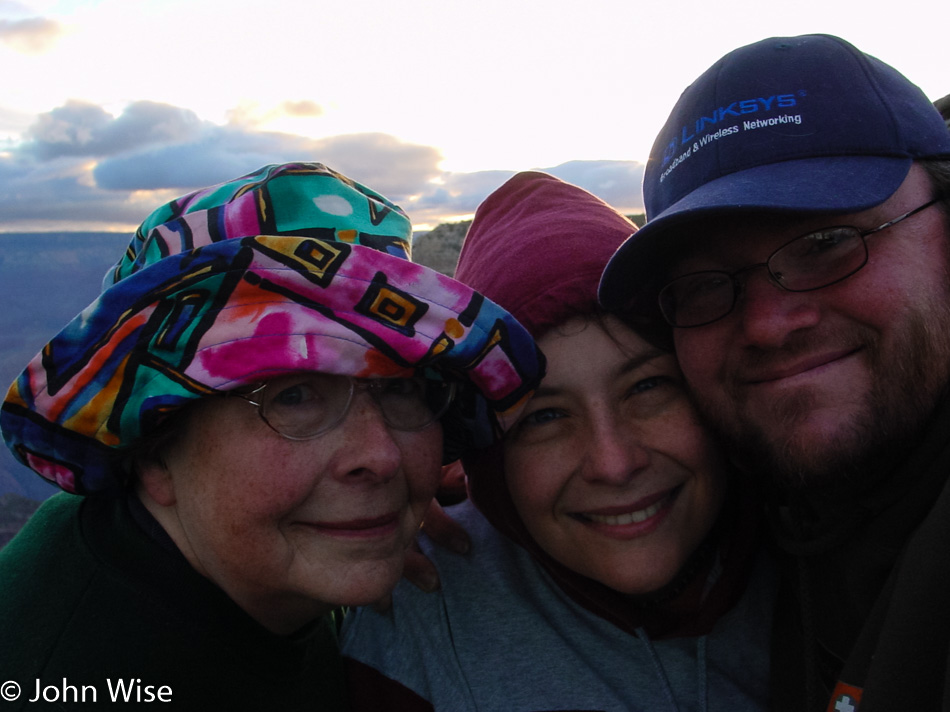
It’s a bit cold out here, even in May, though not so cold as on previous visits when we had to bundle up in blankets from our room to stay a little warm.
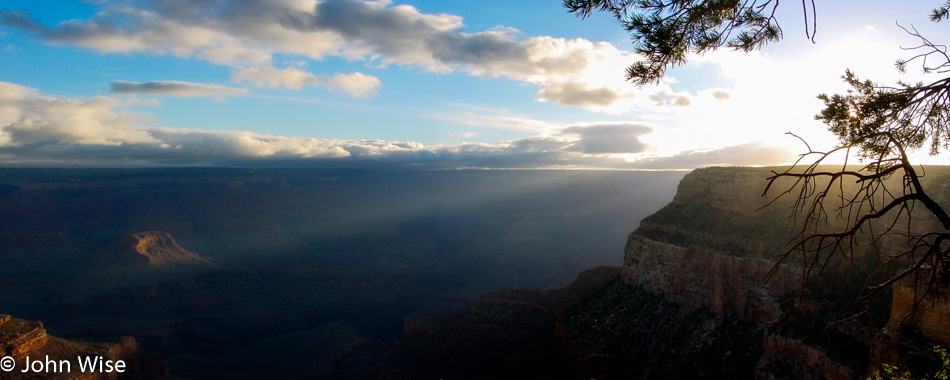
We’ve all seen these images before, maybe 100s of times, but when you are standing here in person, they take on an entirely new meaning. So, while my photos are not award-winning masterpieces of dramatic art, they serve us perfectly as reminders of the moments we were here to witness yet another sunrise over the Grand Canyon for ourselves.
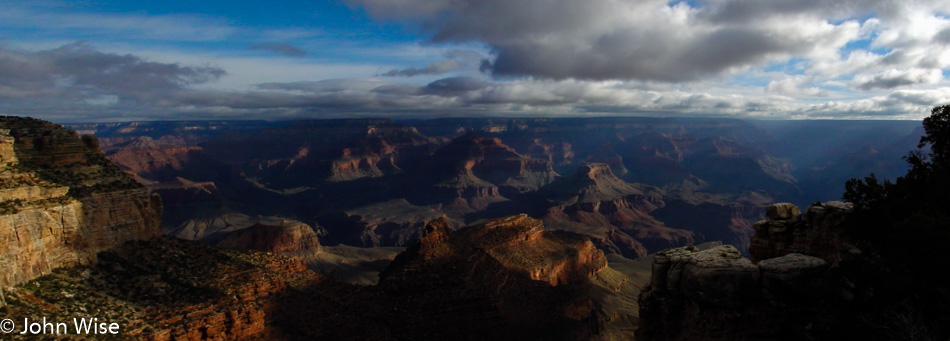
The Canyon fills with light rapidly once the sun is fully over the horizon though pockets of dark linger deep within.
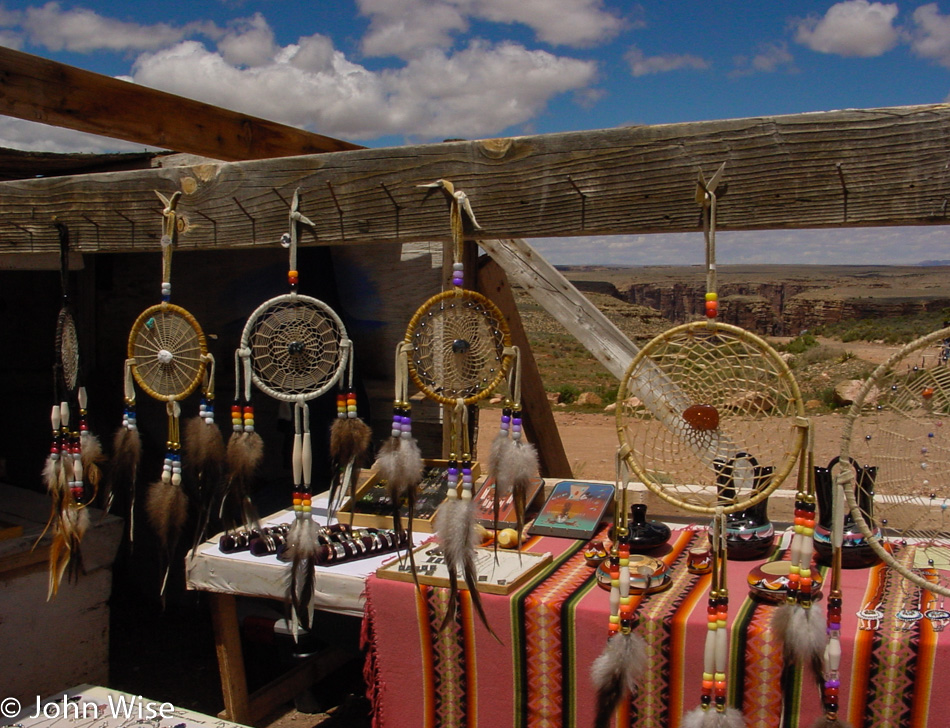
The dream catcher at the very center of this photo is destined for Jutta’s friend Linda back in Germany.
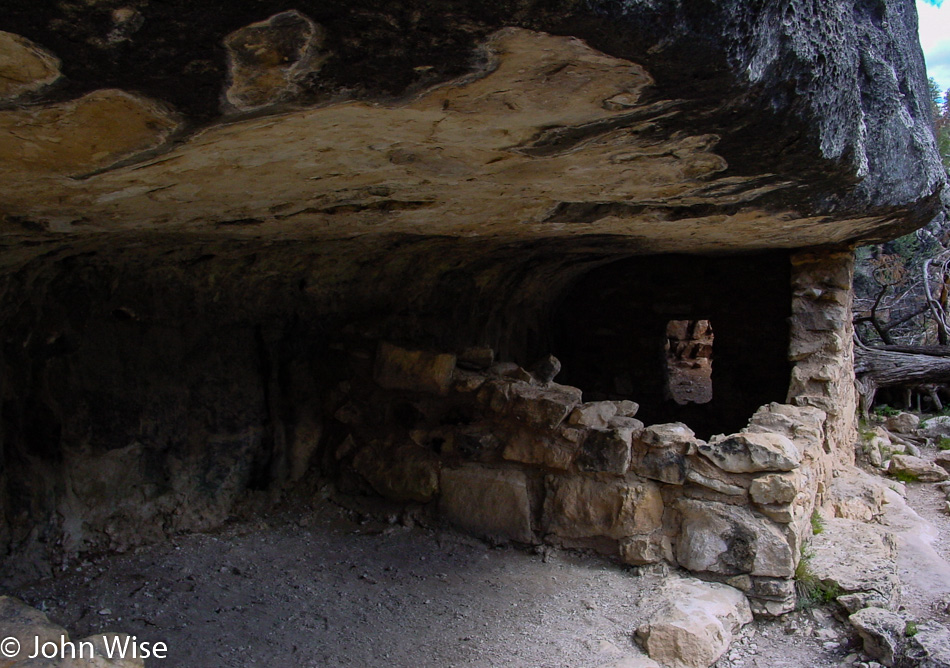
Having accomplished what we set out to do at the Canyon we visited Walnut Canyon National Monument near Flagstaff to bring Jutta to yet one more place of Native American history.
Within a couple of days, Jutta was on her way back to Frankfurt, Germany, and once again, I am simultaneously happy to have my time and privacy back and sad that someone who enjoys the United States as much as my mother-in-law can’t just hang out with us and see even more of the magnificence that defines the natural beauty of our country.
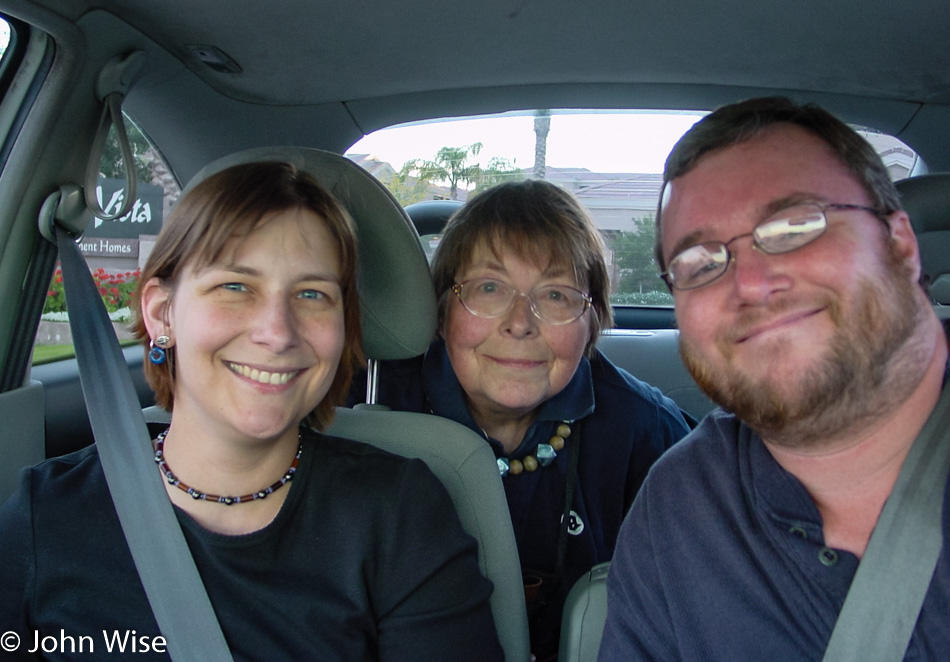
So Jutta may have strolled the streets of New Orleans, snorkeled in the Florida Keys, sped over the Everglades on a fan boat, ate Southern-style cuisine, walked a short bit on the Appalachian Trail, visited Graceland, and a bunch of other things on this trip to the United States, but a vacation in America without a stop in the Grand Canyon wouldn’t be a proper visit, and so here we go.
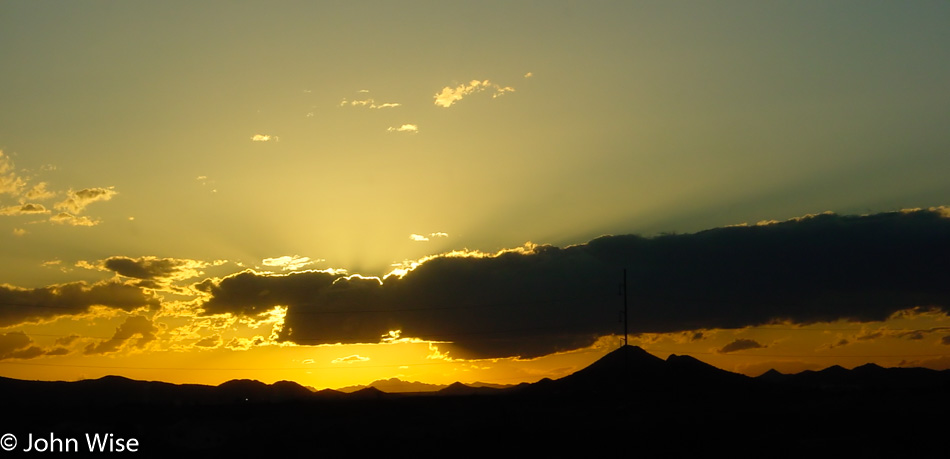
It’s late in the day, almost evening here on Saturday, when we decide that we’ll race up the Grand Canyon so Jutta can let everyone know back home in Germany that once again she has been to this National Park that intrigues her so deeply. We obviously won’t make sunset in the park, but we’ll be there bright and early for sunrise.
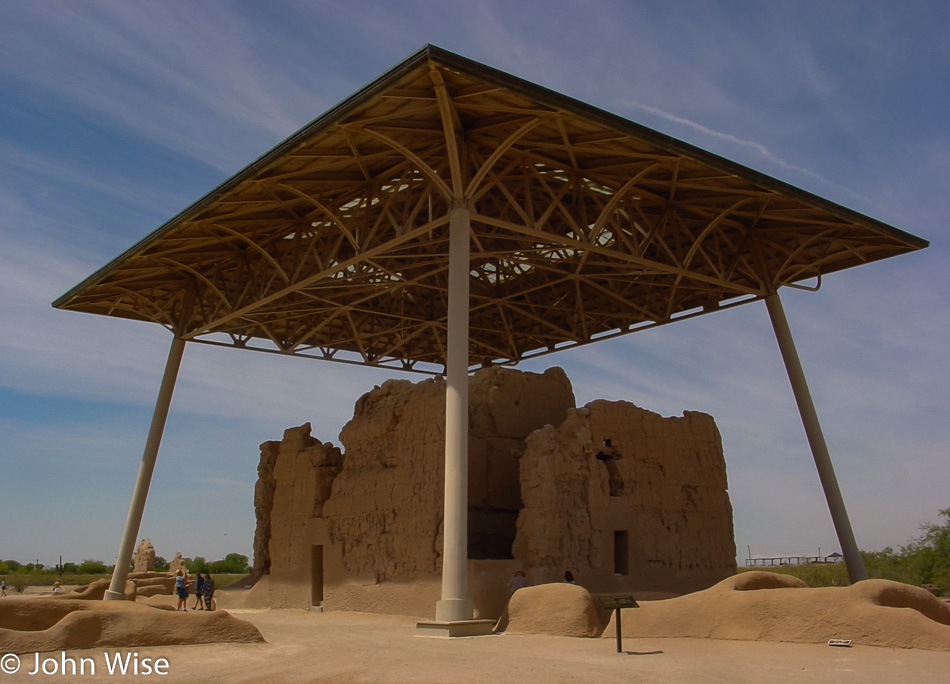
After a few days off to recuperate, Jutta and I took a day trip down south to visit Casa Grande Ruins National Monument in Coolidge.
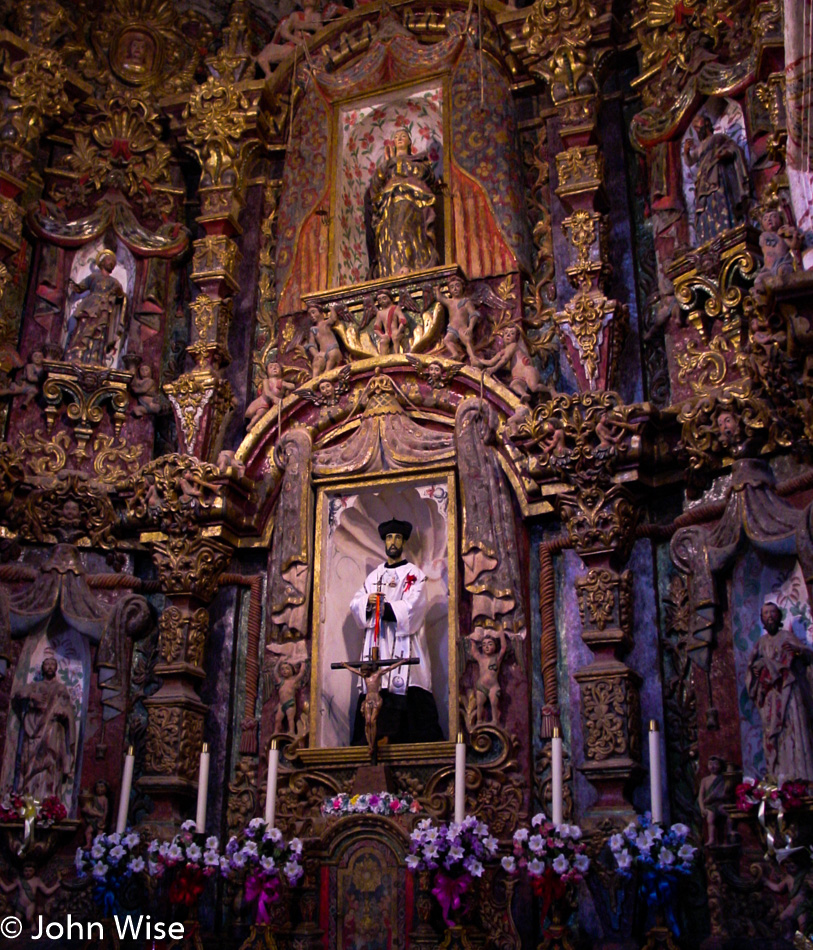
Followed by a stop at Mission San Xavier del Bac in Tucson further south.
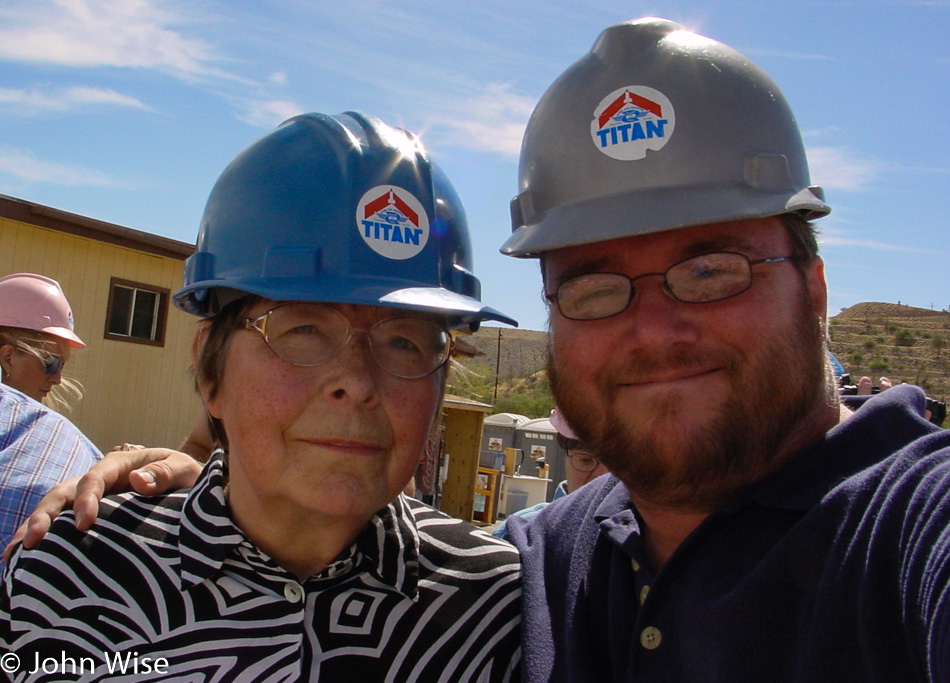
And then, finally we stopped in at the Titan Missile Museum in Green Valley. I think my mother-in-law wears the hard hat better than I do; she looks like a serious engineer in that thing.
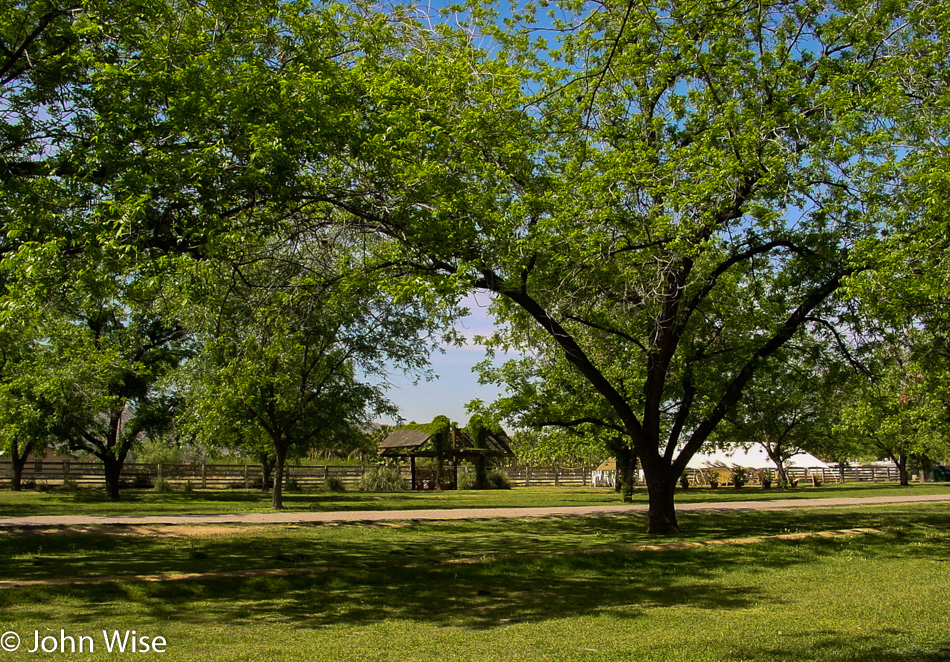
The Farm at South Mountain was the setting for Jutta and me to have lunch, as Caroline was back at work this week after our long vacation across the Southern United States.
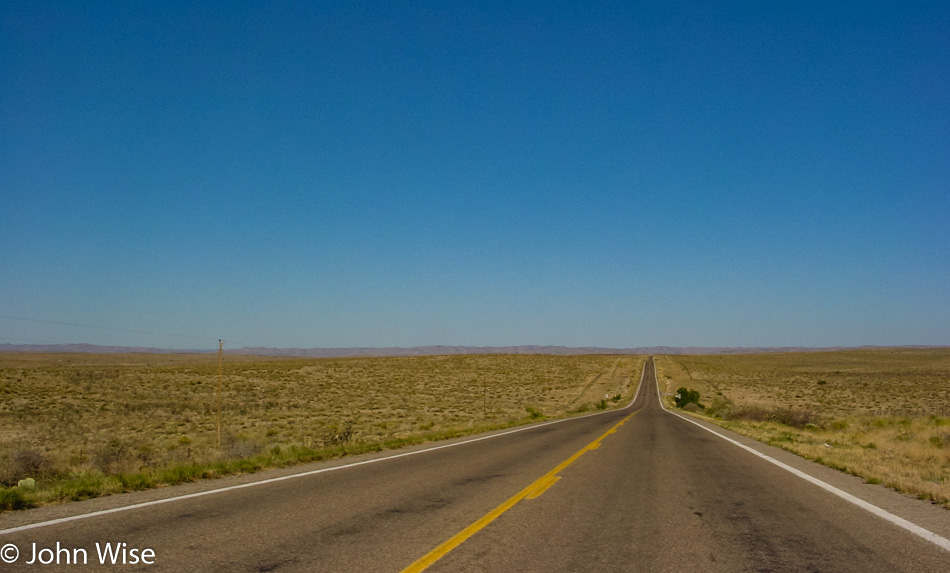
This is the other side of Hope, as in Hope, New Mexico.
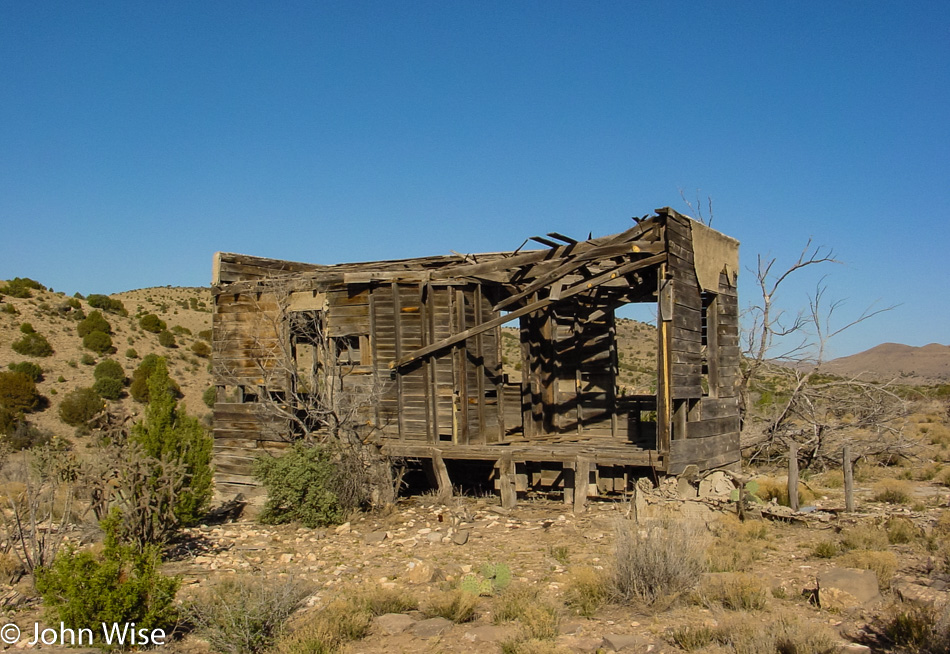
The people that had once lived here apparently never found Hope and instead might have settled for despair. However, if I try to curb the snarky comment, I can easily appreciate the view of the main window out across the landscape, the quiet they would have enjoyed, and a simplicity I have never seen.
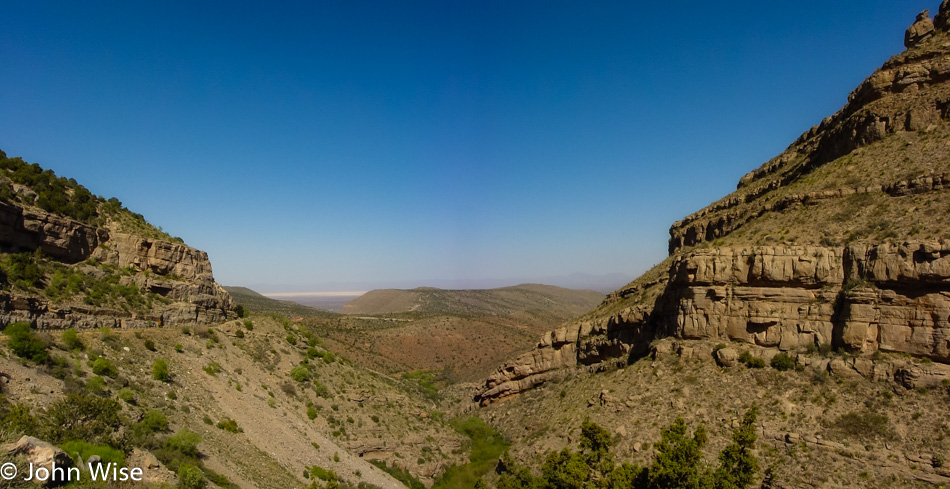
We’re on Highway 82, and somewhere nearby, we stopped at Runyan Ranches for some apple cider; we are suckers for roadside treats and incredible views. If you look to the saddle on the left, you can get a hint regarding where our next stop is.
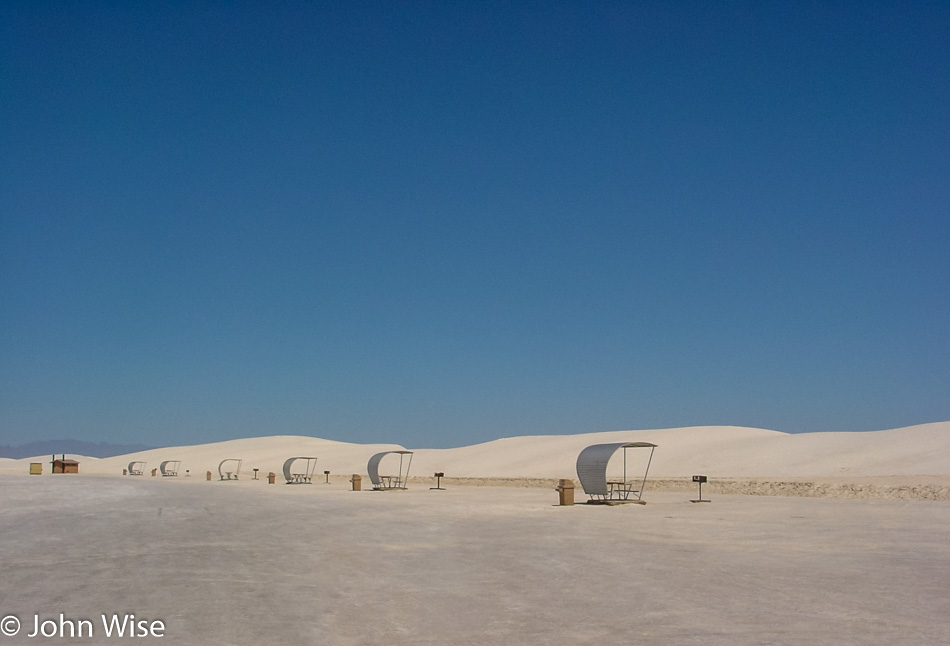
The white sandy beaches of New Mexico!
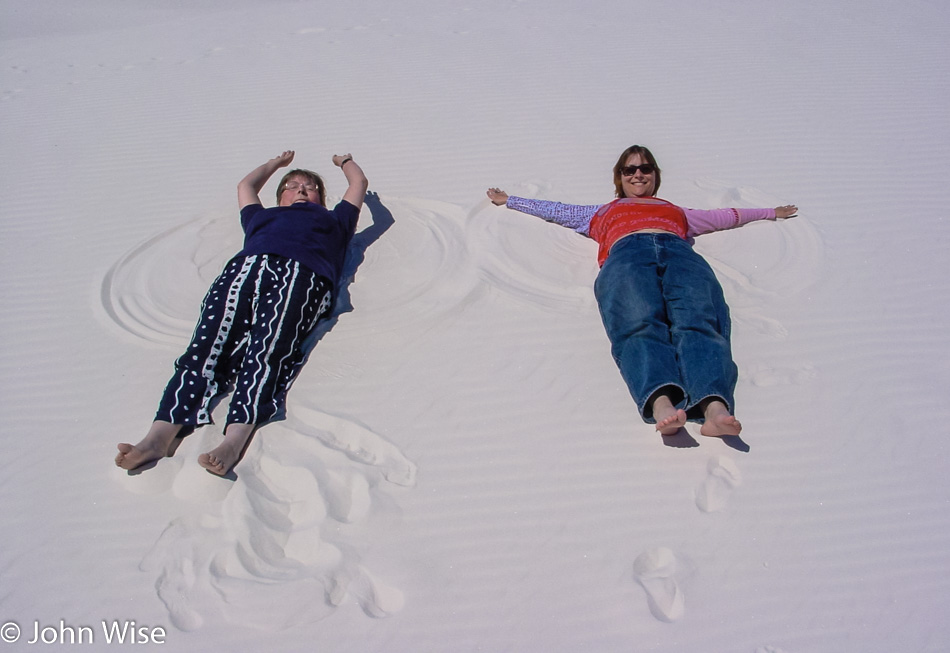
Of course, we asked my 67-year-old mother-in-law to get down in the sand with her daughter and make sand angels because isn’t that what everybody does when they visit White Sands National Monument?
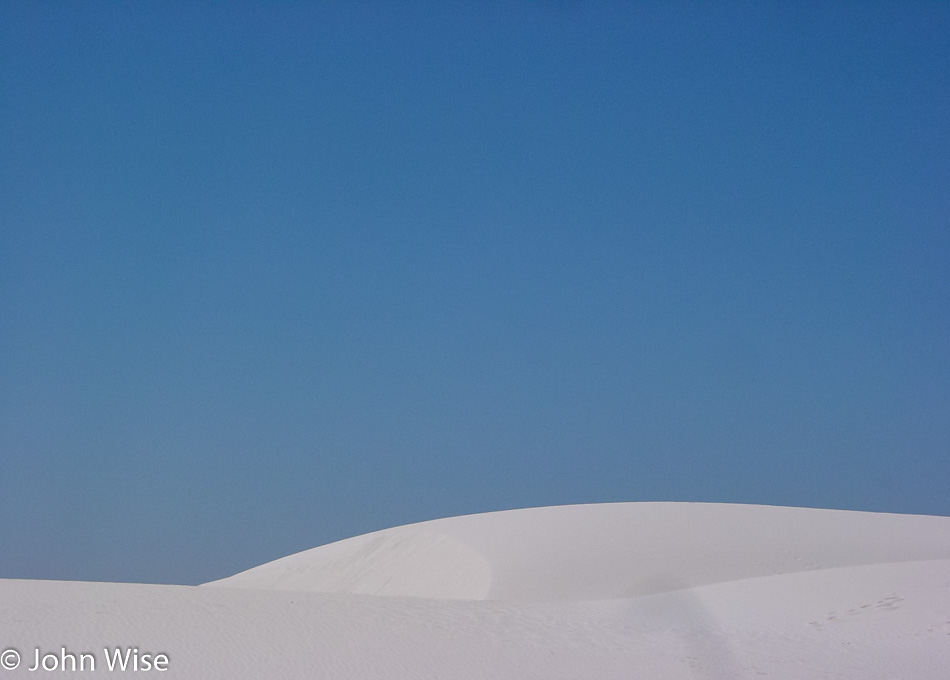
Still looking for the shoreline.
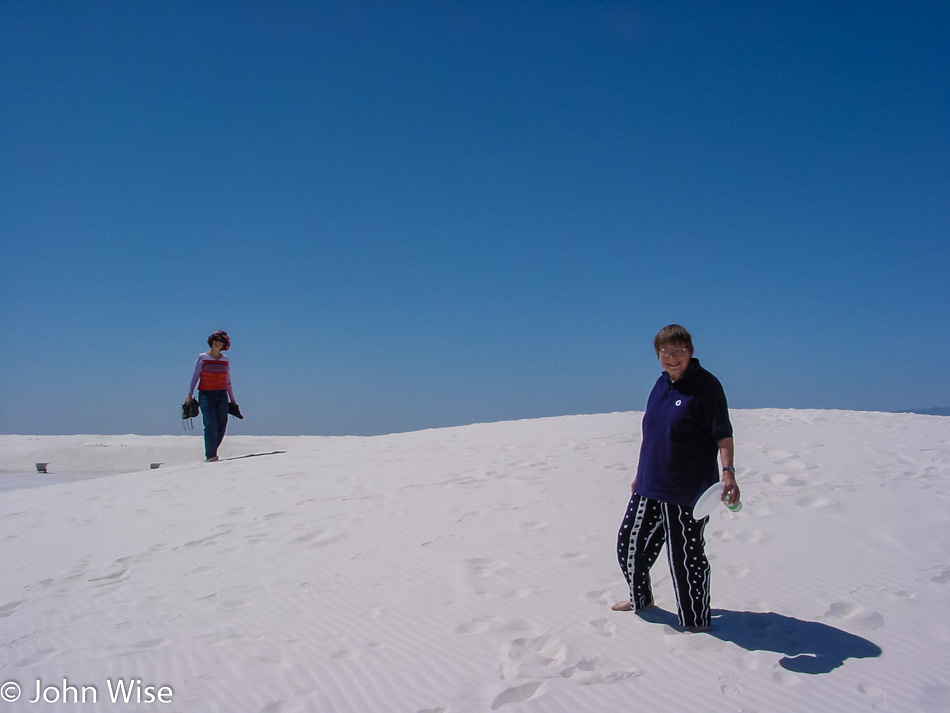
Caroline is reporting back that she didn’t find it over that hill. Jutta starting to think it looks like a Blizzard from Dairy Queen and is considering tasting it.
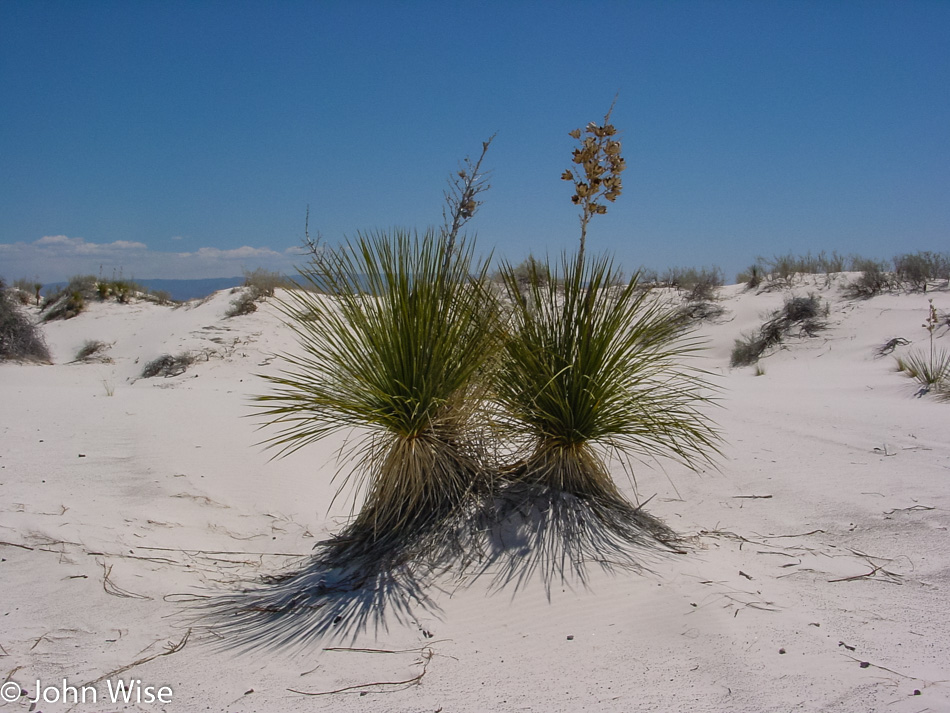
We never did find the ocean here but were able to huddle in the shade to avoid burning to a crisp as we did back on the 6th day of our cross-country adventure when we went snorkeling at Bahia Honda State Park in the Florida Keys. We’re not even home yet but are enjoying the fond memories we’ve shared and created.
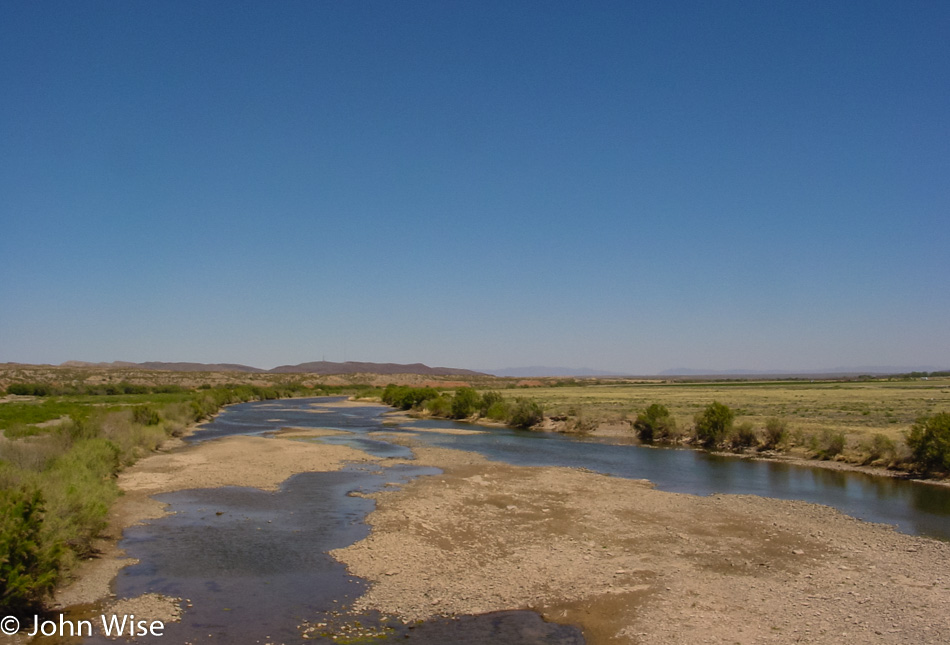
Holy mackerel, not that one could survive in this trickle of a river, but look at all those illegal aliens crossing the Rio Grande to gain access to America. Okay, so this isn’t one of those points where the river could be crossed, but then again, does this river ever have enough water in it that would make crossing it difficult? In any case, one has to wonder how many “illegals” simply fly in from Europe and fit in with the white majority and are not easily identified by the mass hysteria regarding immigration in America. As you can see from my photos across the United States, there are plenty of lands and a ton of towns that could benefit from more residents and an improving economy; maybe we should open legalization for people who settle in small towns to help revitalize them as their native population moves to larger cities in search of work?
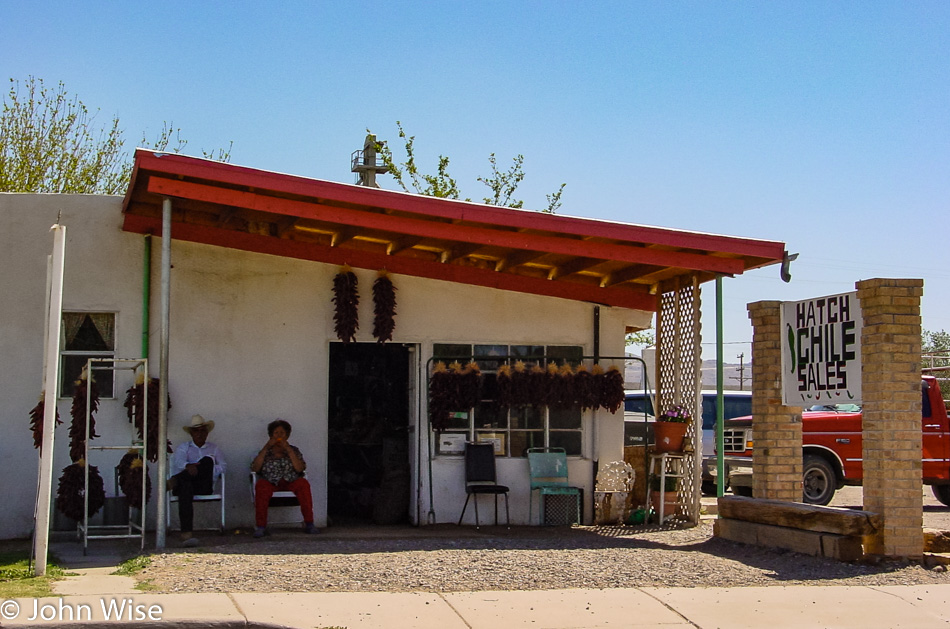
These Hatch chiles are more famous than the town they come from. Hatch, New Mexico, is one of the places in America where drivers simply pass right by on their way between Albuquerque and El Paso.
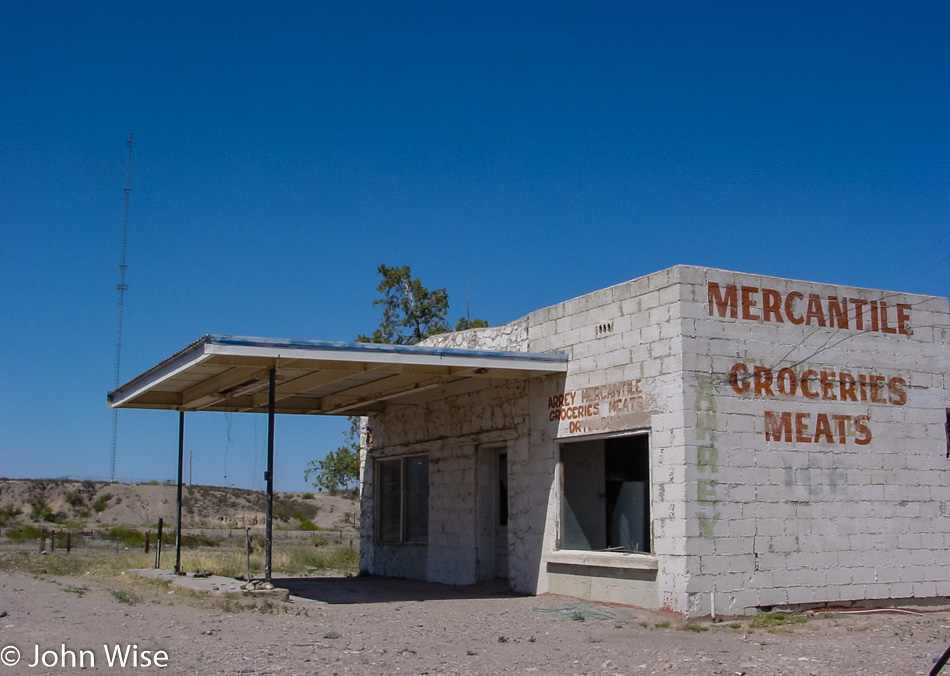
Arrey, New Mexico, is the last big town we’ll pass as we head to ever smaller roads that inevitably delay our return home but keep us off the larger highways as much as possible. For your knowledge, we are on Road 187, which parallels Interstate 25, which would have allowed us to drive at roughly 75mph instead of the more languid 40’ish we are barely maintaining.
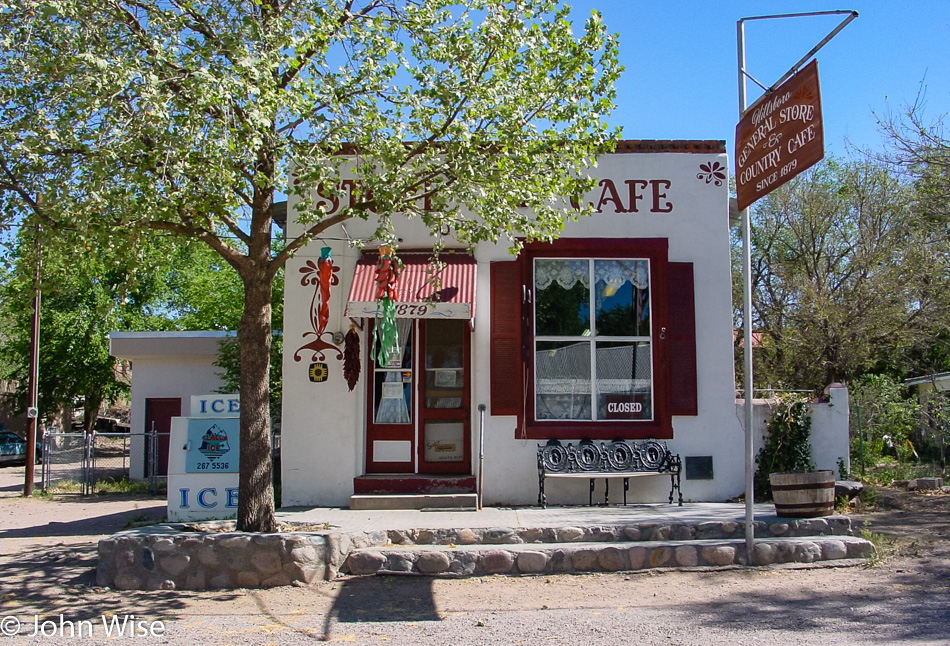
Hillsboro, New Mexico, is closed today.
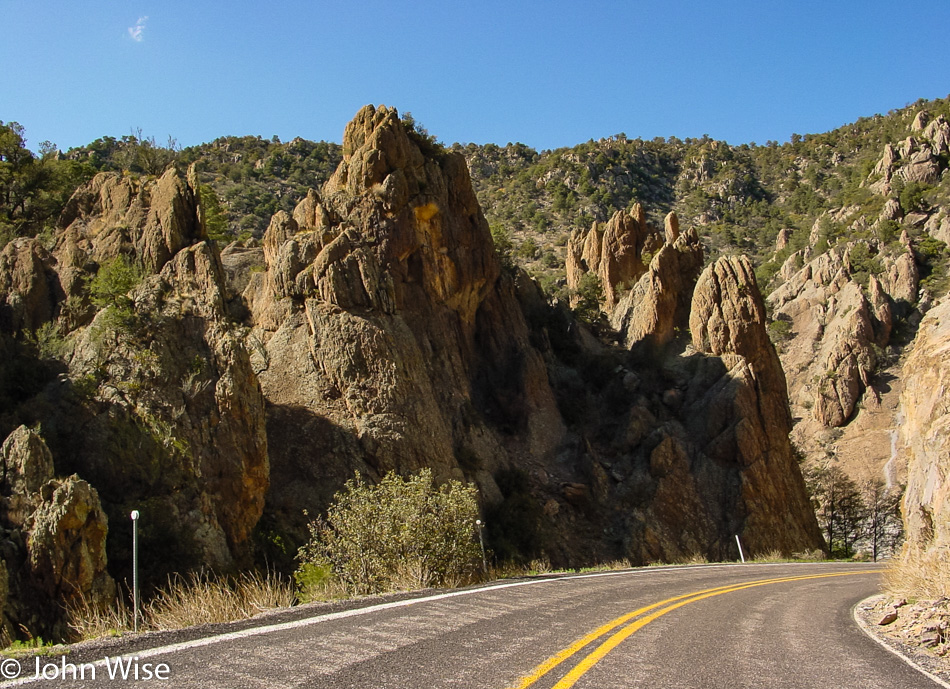
But viewing the upturned scalloped rocks of sandstone in Arizona is open.
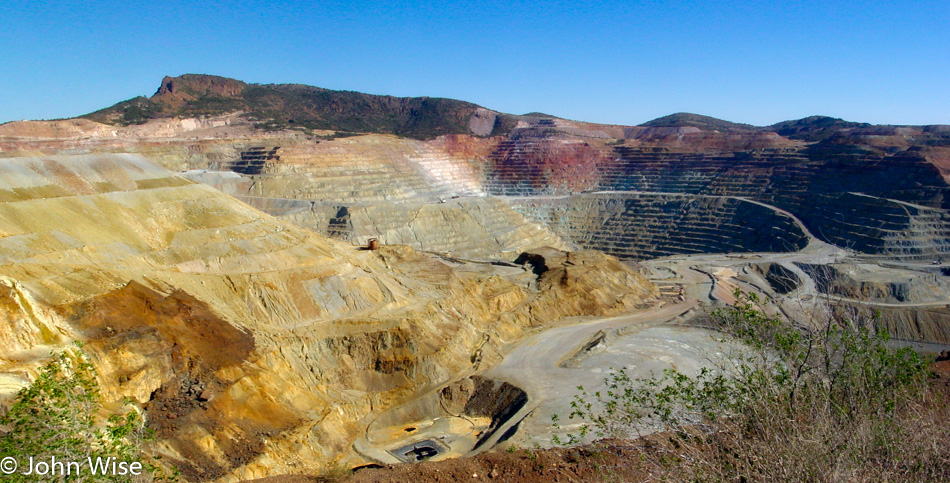
So is this GIANT open-pit mine in Morenci, Arizona, that I believe I might have posted before. Click HERE and HERE, and from just last month, HERE too.
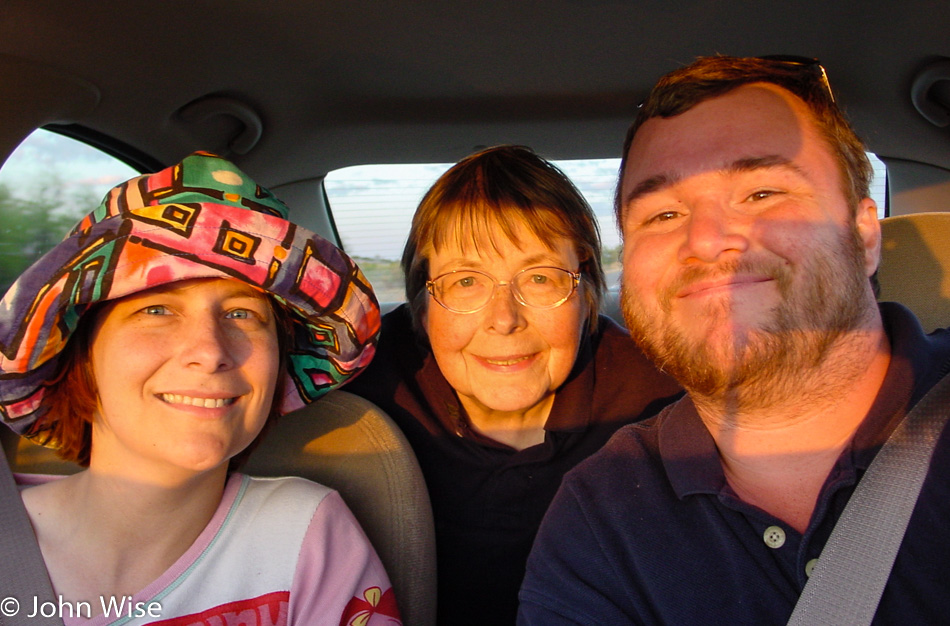
Driving west into the sunset and the golden light that has drawn so many out this way.
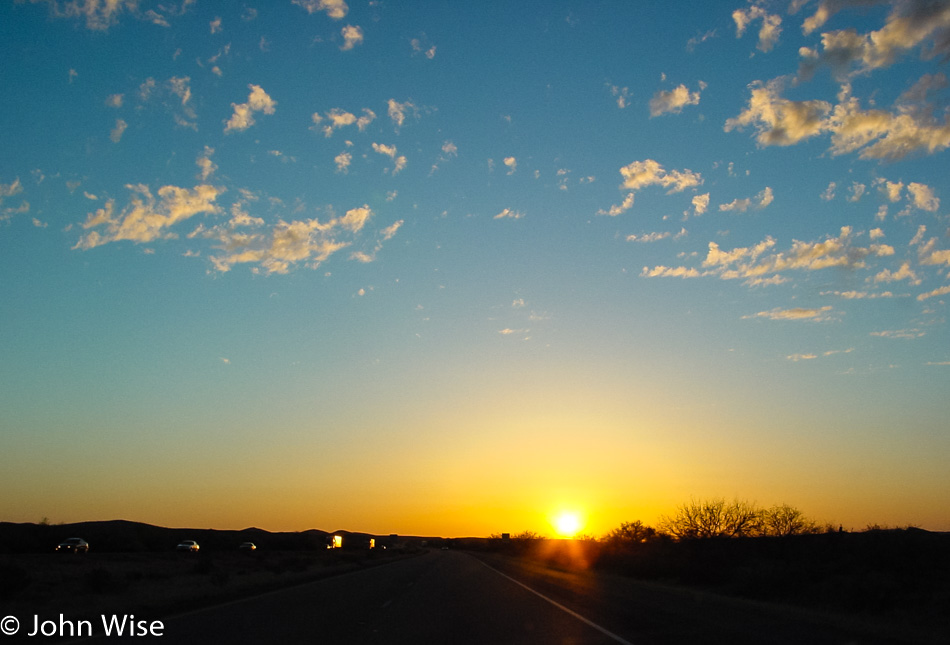
After 12 days out in America with Caroline and her mom, Jutta, across the south-central half of the country and over 6,000 miles or right at about 10,000 kilometers, we are ending this journey. From my old extensive notes that covered the first week of the trip to those days that I had to improvise and pull from dusty old memories with the help of Caroline, I’m able to put this trip up on our blog. We relish the fact that we not only have dozens of great visual reminders of our travels but also about 13,300 words of accompanying fragments that help fill in the gaps of what would have otherwise been easily forgotten.